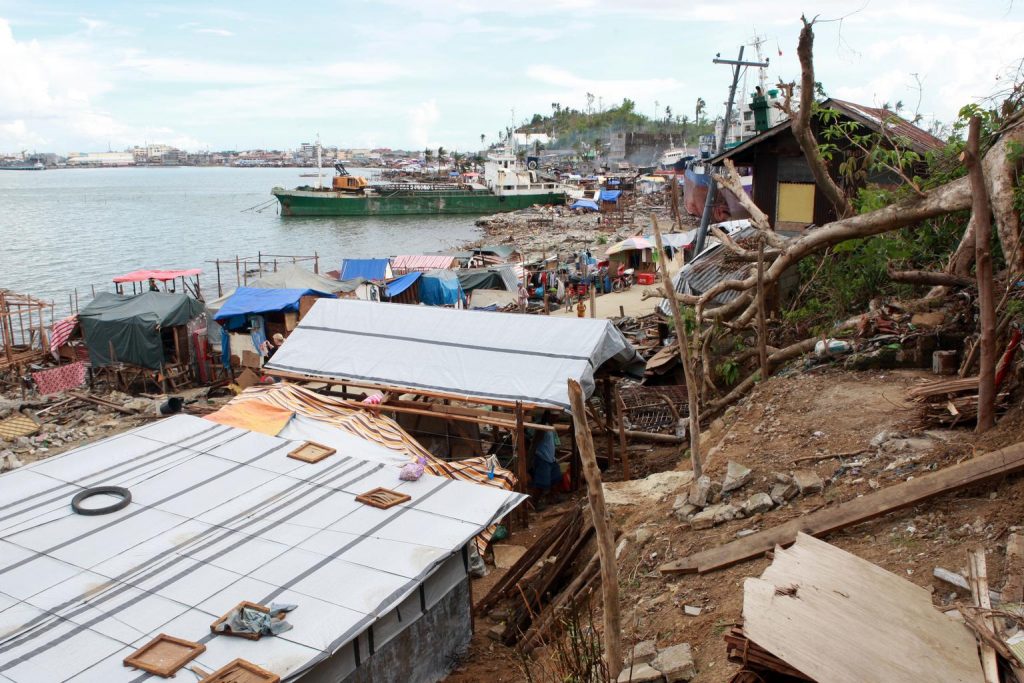Cholera remains an important public health concern in developing countries including Kenya where 11,769 cases and 274 deaths were reported in 2009 according to the World Health Organization (WHO). This ecological study investigates the impact of various climatic, environmental, and demographic variables on the spatial distribution of cholera cases in Kenya. District-level data was gathered from Kenya’s Division of Disease Surveillance and Response, the Meteorological Department, and the National Bureau of Statistics. The data included the entire population of Kenya from 1999 to 2009.
Multivariate analyses showed that districts had an increased risk of cholera outbreaks when a greater proportion of the population lived more than five kilometers from a health facility (RR: 1.025 per 1% increase; 95% CI: 1.010, 1.039),bordered a body of water (RR: 5.5; 95% CI: 2.472, 12.404), experienced increased rainfall from October to December(RR: 1.003 per 1 mm increase; 95% CI: 1.001, 1.005), and experienced decreased rainfall from April to June (RR: 0.996 per 1 mm increase; 95% CI: 0.992, 0.999). There was no detectable association between cholera and population density,poverty, availability of piped water, waste disposal methods, rainfall from January to March, or rainfall from July to September. Bordering a large body of water, lack of health facilities nearby, and changes in rainfall were significantly associated with an increased risk of cholera in Kenya.



